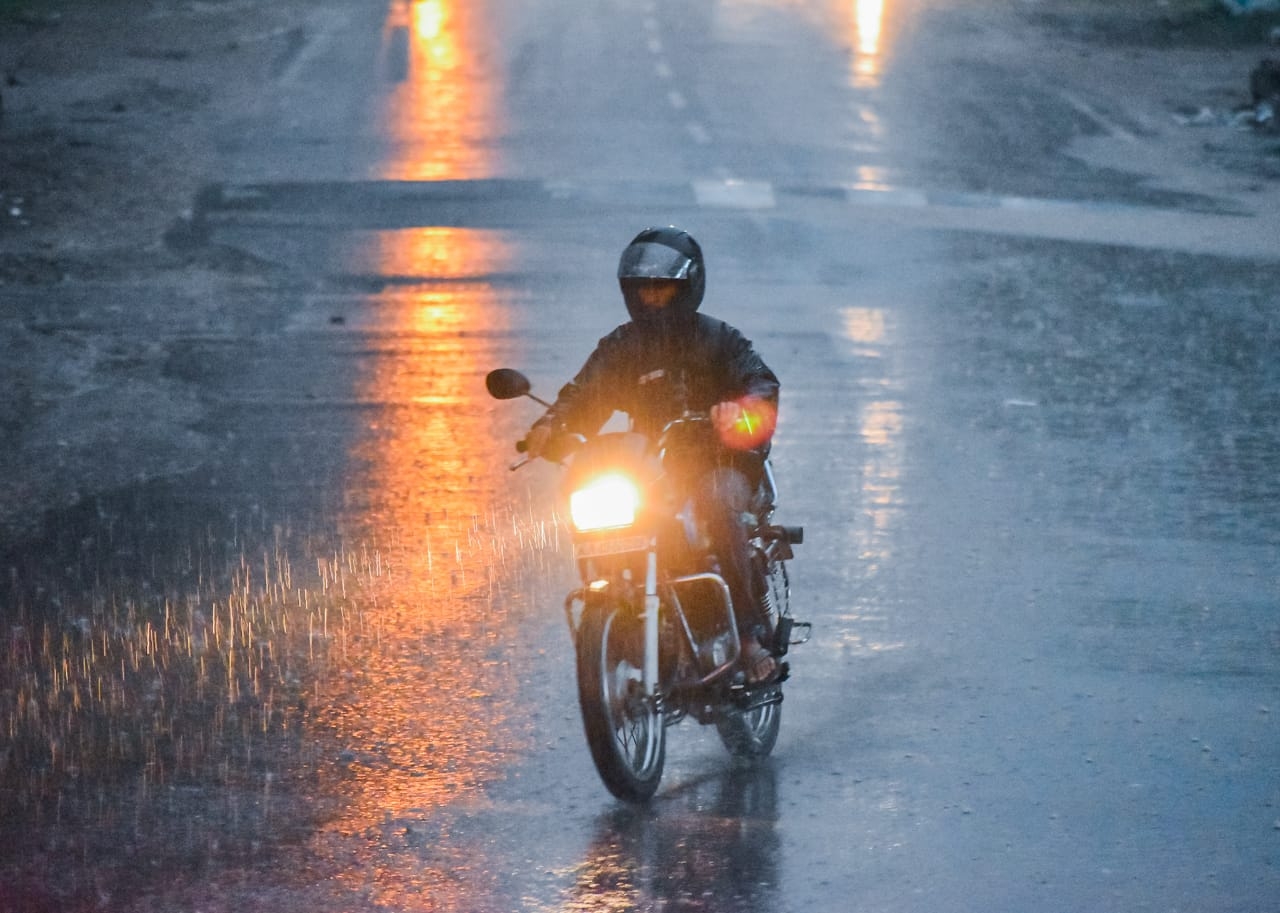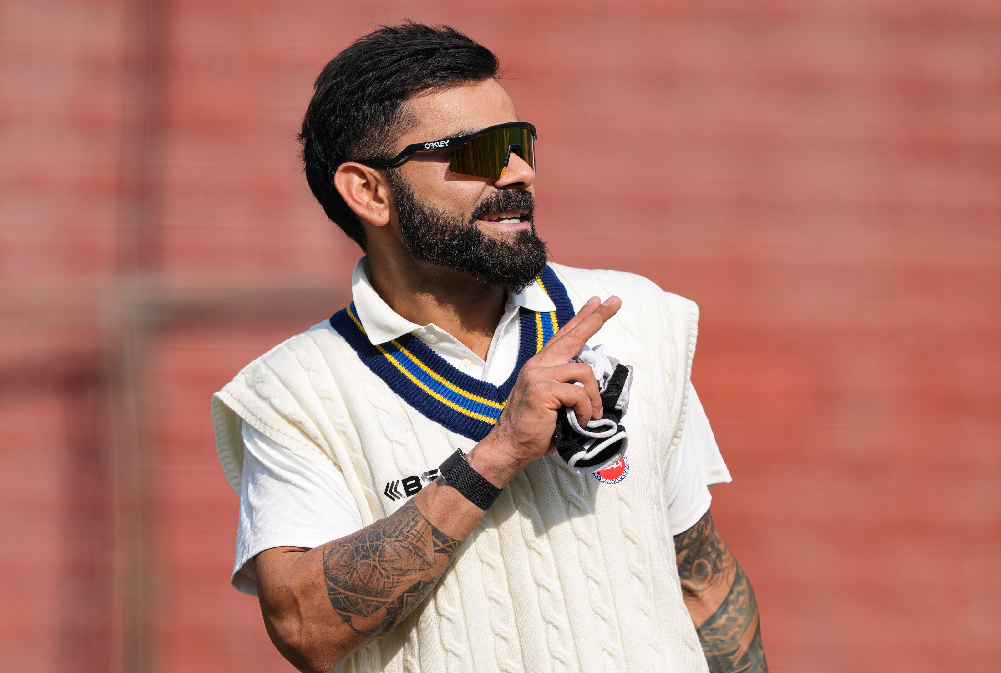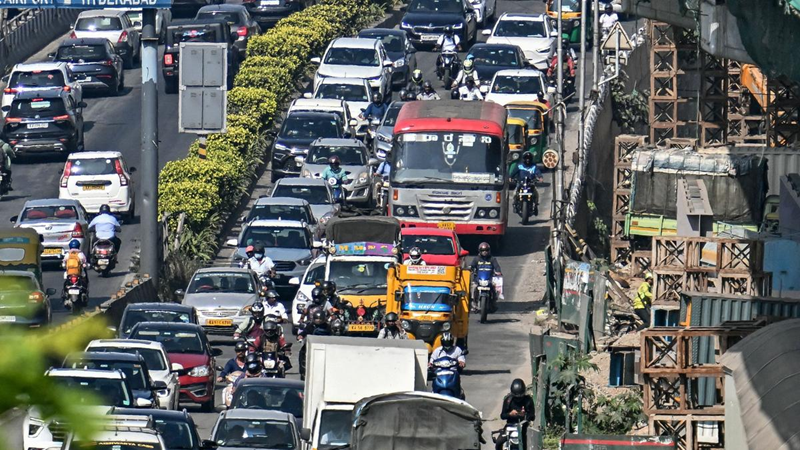
Editorial: Time to end rain misery
A few hours of rain on Sunday exposed Bengaluru’s shortcomings in water management. Many streets and houses were flooded because of the clogging of storm water drains. The rain also brought to the fore the chinks in Bengaluru Electricity Supply Company’s (BESCOM) emergency response service. Nearly 200 electricity poles were uprooted and many areas still remain in the dark as the company could not fully restore power supply.
The main reason for the inundation is the clogging of the 800 square kilometre-long storm water drains across the city.
Known as Rajakaluves, the storm water drains used to be irrigation canals. Years ago, the city’s interlinked lakes supported these canals as water retention points and an excess water inflow system. But with the unprecedented population growth - from 41 lakh in 1991 to 1.3 crore in 2022 - housing complexes came up adjacent to the storm water drains while hundreds of lakes were converted into human settlements.
What aggravated the situation was the transformation of the storm water drains into the city’s sewage network that transports industrial, animal, human waste and dry garbage, causing clogging of the drains. The width of the drains in many places has been reduced from the mandatory 8 ft. This means that the city is unable to handle even low-intensity rain.
Yesterday’s Uttarahalli flooding was a case in point because the inundation was caused by the backflow of water from the drain linked to Dorekere Lake, which is filled with sewage and garbage.
What the civic authority should urgently do is widen the narrow bridges and remove garbage and silt from the drains at regular intervals. The civic body’s lake authority should install sluice gates to regulate water flow.
The tardy work by Bengaluru Water Supply and Sewerage Board (BWSSB) too contributed in aggravating people’s miseries. It has dug up roads for underground drainage in several areas in the city. Heavy showers filled the dug-up cavities with water, which spilled onto the streets. The roads eventually turned into cesspools.
After last November’s flooding, Chief Minister Basavaraj Bommai had instructed the Bruhat Bengaluru Mahanagara Palike (BBMP) to prepare a detailed project report for stormwater drain widening and building diversion channels. In addition, he had also announced a special package of Rs 900 crore for the project. The city would not have borne the brunt of the rain had the civic body taken up the project seriously. The onus is on the BBMP to start the project immediately and save the city from more rain havoc.
The civic body should also work with environmental scientists to find a solution to the perennial problem. Experts say that 85 per cent of the city’s landscape is concretised and there is little space for water to percolate underground. So efforts should also be taken to capture rainwater by building more recharge wells and maintain lakes effectively.
 English daily published in Bengaluru & Doha
English daily published in Bengaluru & Doha






